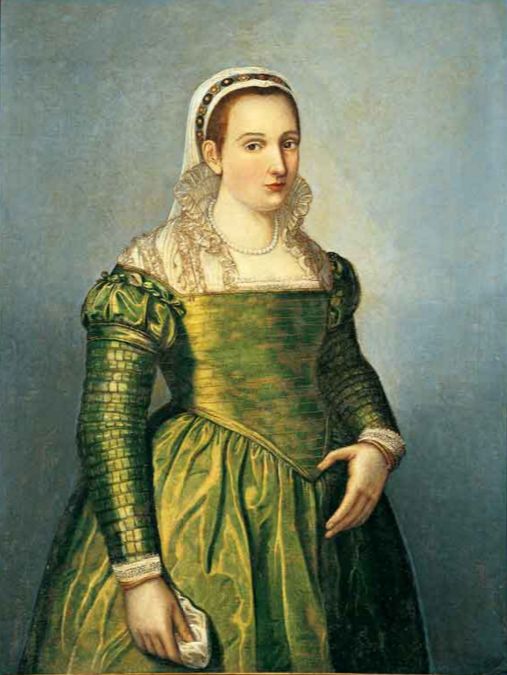One of the greatest Italian poets of the XVI century, a leading figure of the Renaissance, friend and confident of Michelangelo Buonarroti, Vittoria Colonna was born in Marino in April 1490 (or maybe 1492). Daughter of the mercenary captain Fabrizio Colonna allied of the Aragonese of Naples and of Agnesi of Montefeltro, lords of Urbino.

Already as a child, she was promised to Francesco Ferrante, of D’Avalos family, who was another pillar of the aragonese reign in Naples. With the fall of the Aragonese of Naples in 1501, even the Colonna family sought refuge on the Castle of Ischia, governed by the loyal Costanza D’Avalos, and there Vittoria met Ferrante, raised by his powerful aunt. The marriage pacts were formalised in 1507 and on 27th of December 1509, in the cathedral of the Castle of Ischia, the marriage was celebrated with great glory and in the presence of the best of the Italian and European nobility, as reported by the chroniclers of the time. Despite the fact that the residency of the couple was set in Naples, Vittoria was living the long periods of absence of her husband in the town of Ischia. When Ferrante died, the marquise of Pescara fell into a deep depression and sublimated her love for the spouse in the Rhymes dedicated to him. An important part of her poetic production, inspired from Petrarch, which were marked more and more by mysticism.
The period after Ferrante’s death corresponds with a dark moment for her family, who, still loyal to Charles V, entered into a conflict with pope Clement VII. Vittoria found a safe shelter in Ischia, where she was when Rome was devastated by the Lansquenets. She stayed there for a long time until 1536, animating the book societies which, already with Costanza, had led all the intellectuals from the Aragonese Naples to the fortress of the island, starting from: Gioviano Pontano, Jacopo Sannazaro and Bernardo Tasso. Back to Rome, around 1536, she met for the first time Michelangelo, with whom she started a friendship destined to consolidate during the following years, nurtured by an intense correspondence of which there are only two letters of the marquise an five of the artist who was seeing in her a faithful advisor. The roman frequentations of the marquise with Juan de Valdès and Bernardino Ochino, exponents of a religious reform in the Catholic Church, influenced also Michelangelo’s religious beliefs. In 1541, following a new conflictual period between the Colonna and pope Paul III, Vittoria moved to Viterbo, where she met the cardinal Reginald Pole, prominent personality during that difficult Counter-Reformation season. In 1544, the poetess returned to Rome where she died on 25th of February 1547, suspected of heresy by the Inquisition, which controlled her for a long time and accused some of her dearest friends.




Comments powered by CComment